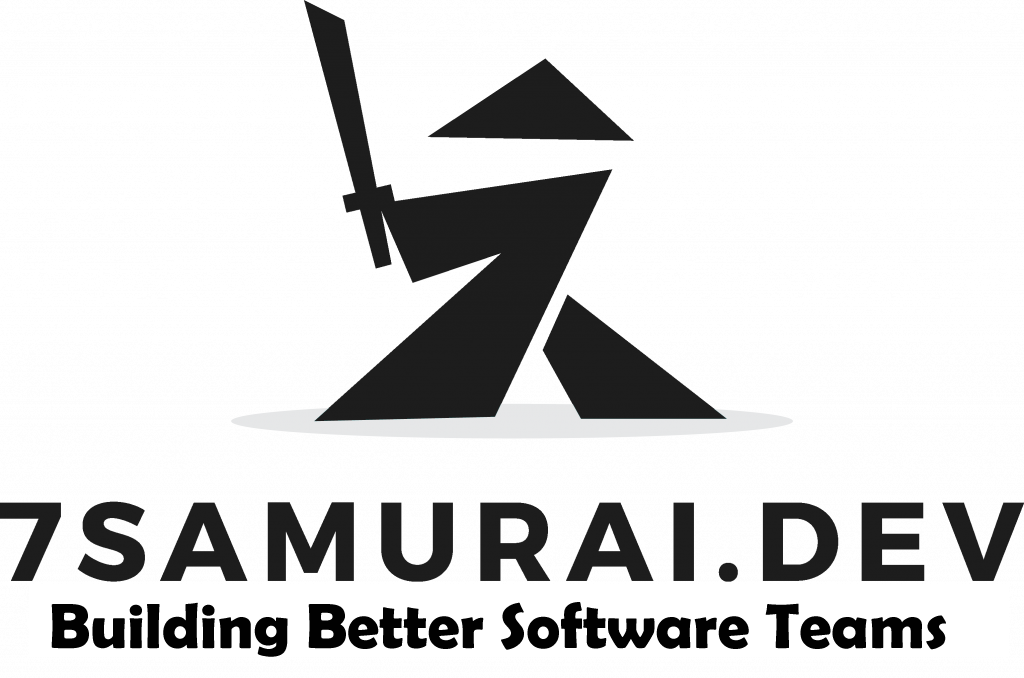Photo By Lala Azizli on Unsplash
Standup meetings are an essential tool for ensuring that a team is making progress and is aligned. Given that this meeting usually occurs daily and involves the entire team – it can easily become a time waster.
Good standups set the direction for the day and will ensure that work can proceed. Bad standups produce noise and confusion – many times leaving more unanswered questions than solutions.
Here are a few tips you can use to ensure that your standup is productive.
1) Walk the board.
Going around the room can lead to missed stories and work silos. A more effective approach is to visualize the work in flight and discuss each of card. Focusing on the work together allows the team to rally around a common goal.
2) Provide a “plan for moving work forward” vs a “status report”.
These meetings are not the time to tell your co-workers about what you worked on yesterday (unless it somehow impacts them). If you are in a leadership position this is also not an ideal time to investigate who is working hard. The objective here is to make progress – utilize retrospectives for looking backwards. A good way to discuss each story in flight should be “What do we need to do next and are there impediments to doing so?”
3) Limit time for each story to 2-3 minutes tops.
Utilize 16th minute or offline discussions to make complex decisions or further investigate impediments. The goal of the daily review should be to quickly identify if there are immediate needs and if a deeper conversation is required. If you are leading standup – don’t hesitate to cut a conversation short.
4) Invite decision makers.
Decisions can be a large source of blockers when the person responsible is not easily accessible. Allowing the team to have direct access daily to decision makers can be an effective way to improve velocity. It’s also part of the reason why streamlining standup is important – it allows decision makers to get a sense of progress without getting lost in the weeds.
5) Only discuss “work” columns.
Columns that represent a “queue” of work likely don’t need attention during standup. For example – the backlog column is unlikely to produce a conversation that contributes to moving current work forward. Focus on columns that represent work that has someone actively working on it.
Streamlining your standups not only saves time but puts the team into a proactive mindset. The sign of a productive standup is everyone walks out with a clear vision for what work needs to be accomplished next and how.
December 27, 2020
5 tips to streamline standup meetings







Comments by mark